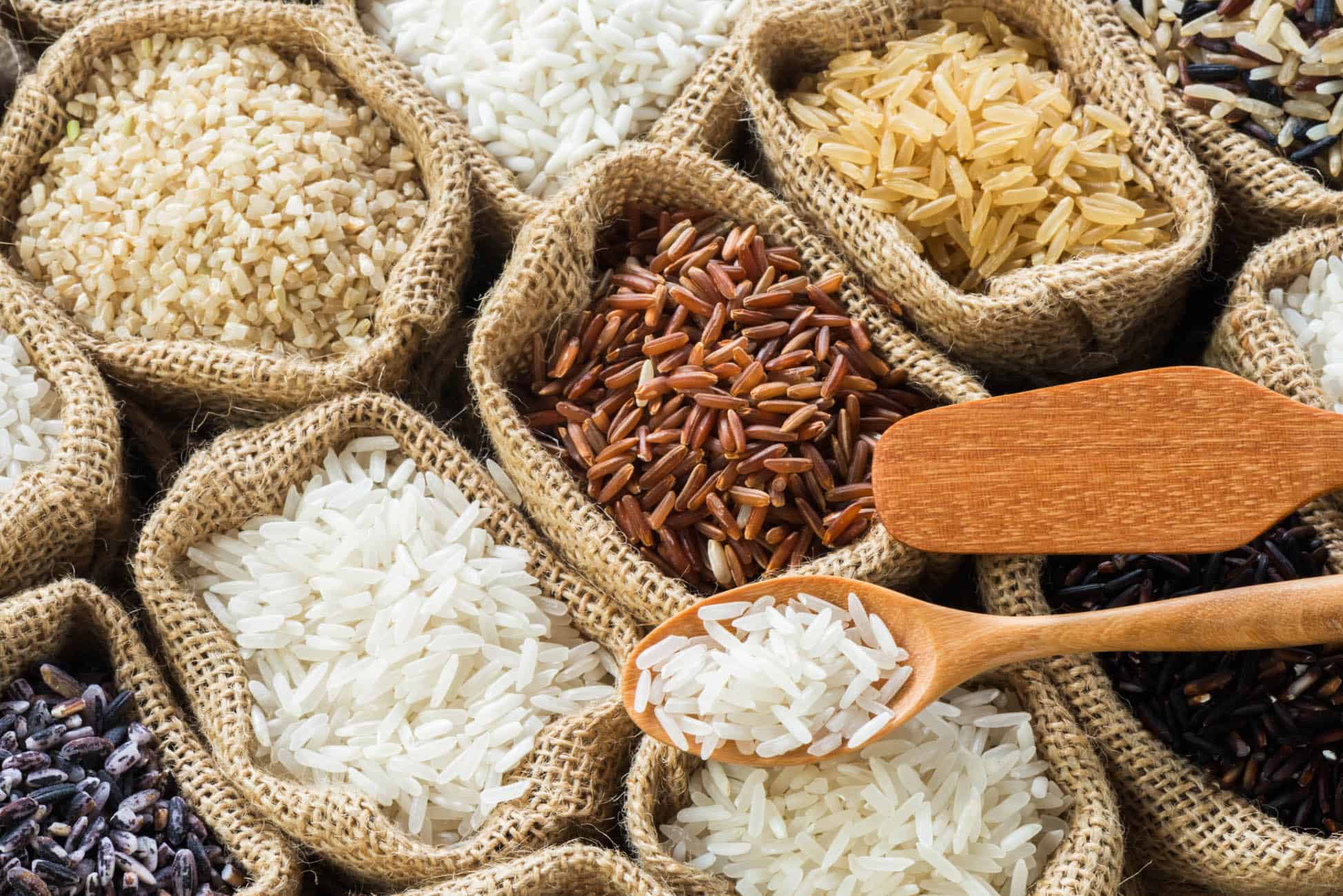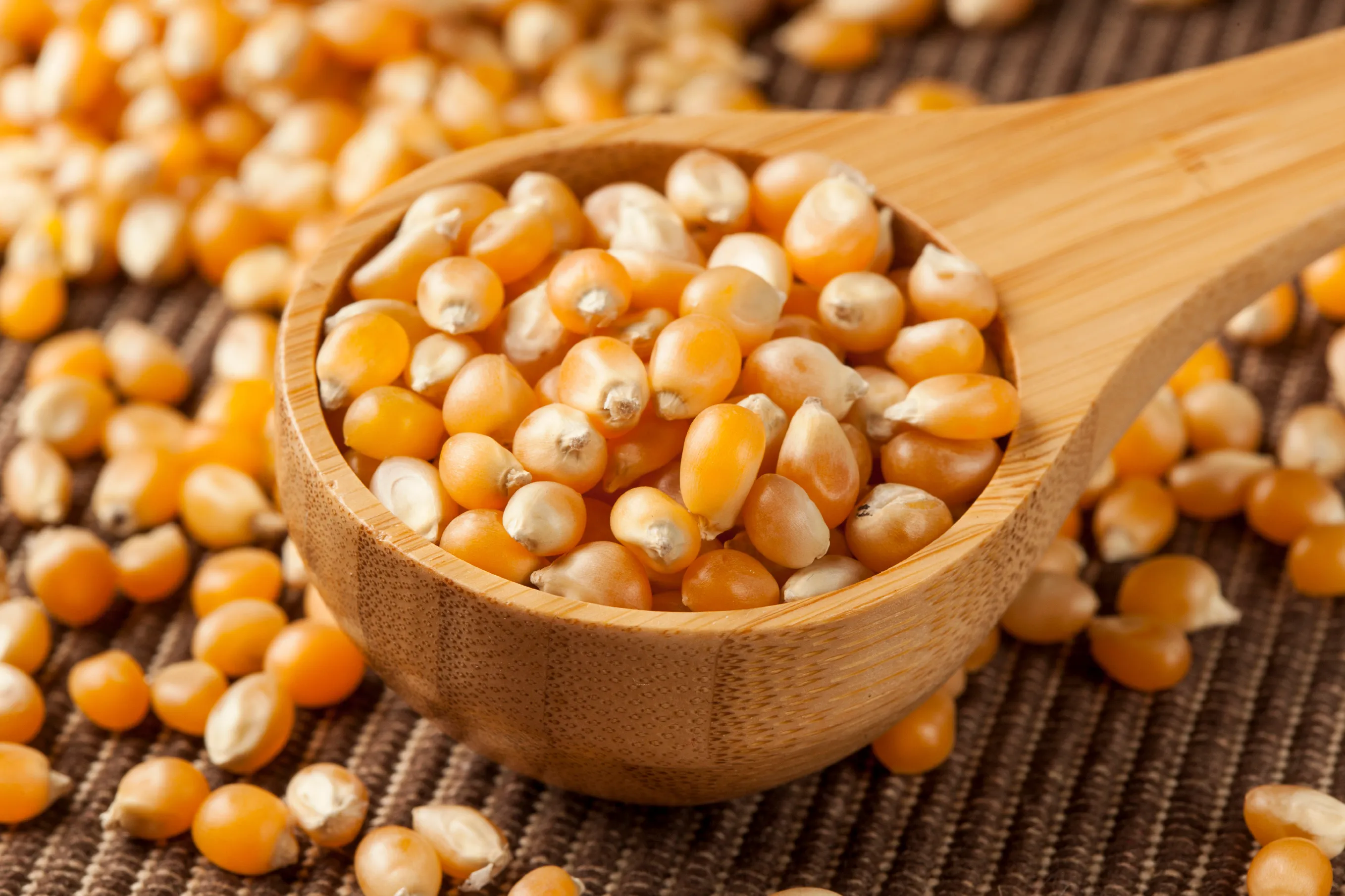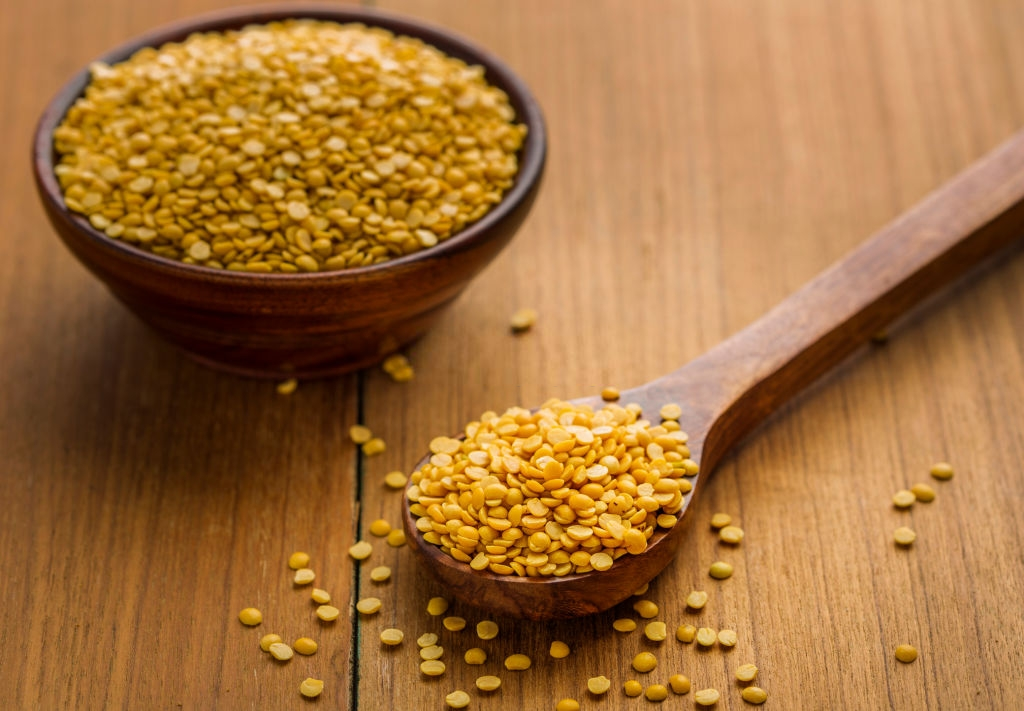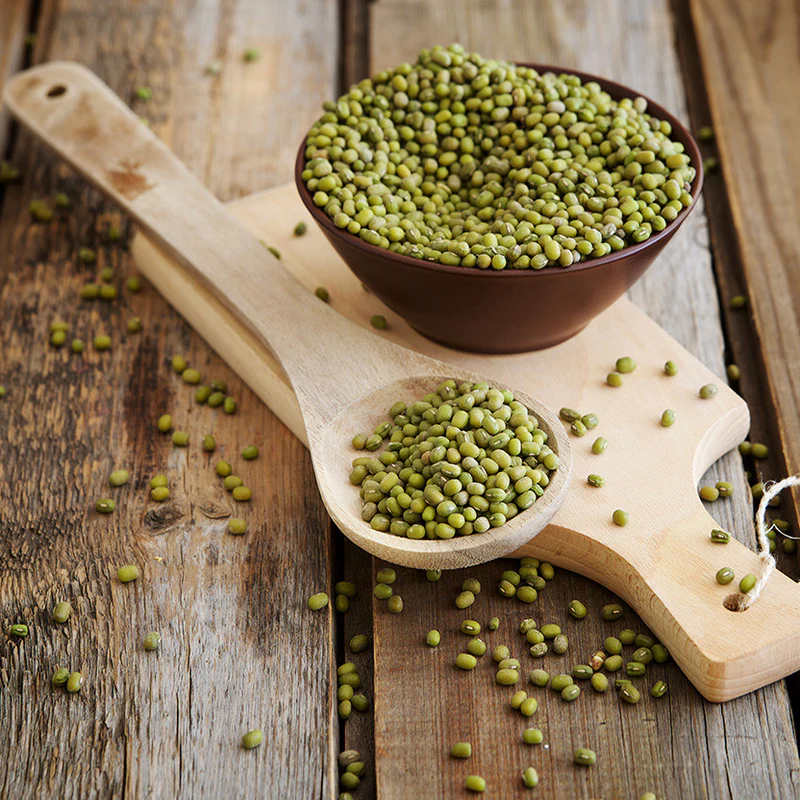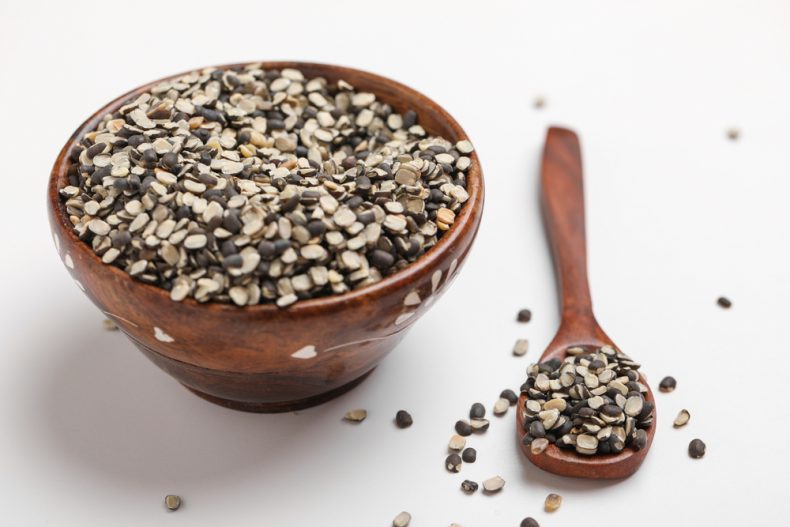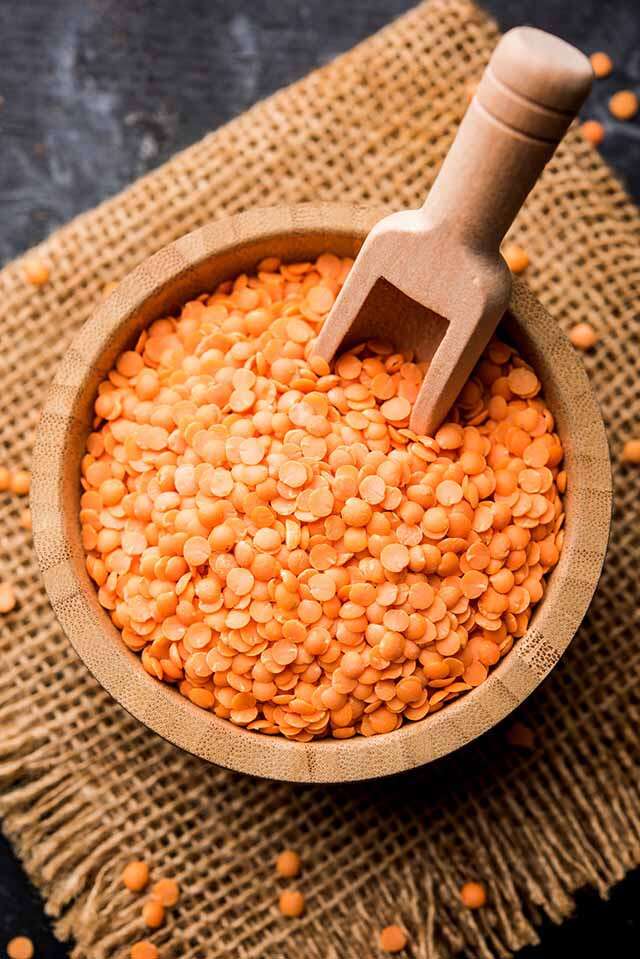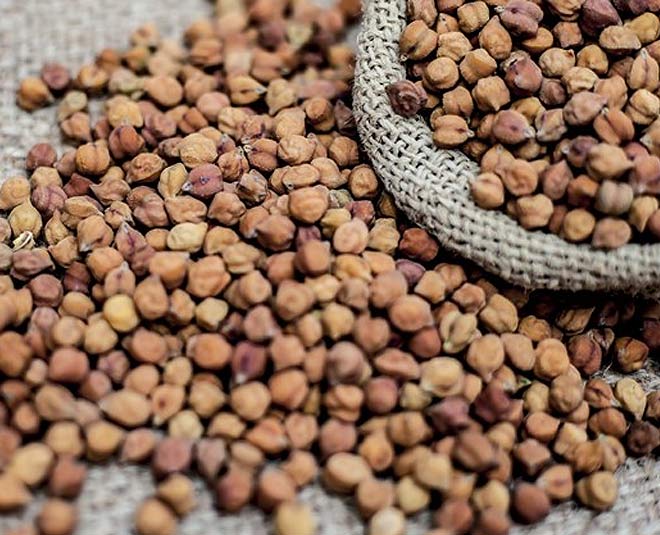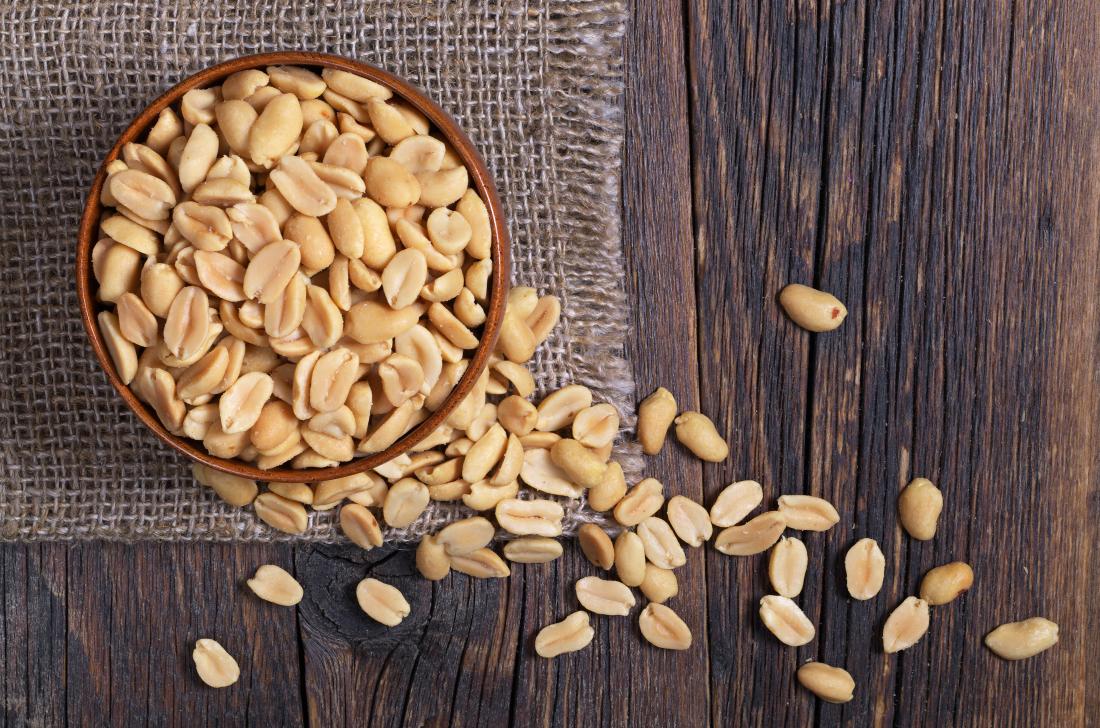- contact@exportbeyondseas.com
- 17/1 MAHAKAL SINDHI COLONY, INDORE ROAD, UJJAIN, 456010
Cereals
WHEAT
Wheat is a versatile and staple cereal grain that belongs to the grass family Poaceae. It is one of the most widely cultivated and consumed grains globally, serving as a primary source of dietary energy and nutrients for a significant portion of the world's population. Wheat is a key component in various food products, including bread, pasta, cereals, and pastries
RICE
Rice is a staple food that serves as a primary dietary component for a significant portion of the world's population. It is a cereal grain derived from the seed of the grass species Oryza sativa or Oryza glaberrima. Rice is a versatile and widely cultivated crop with various varieties, and it plays a crucial role in global food security.
CORN
Corn, also known as maize, is a cereal grain that belongs to the grass family Poaceae. It is one of the most widely cultivated and consumed crops globally, serving as a staple food in many regions and also finding uses in various industries. Corn is known for its distinctive tall stalks, ears with kernels, and versatility in culinary and industrial applications.
TOOR DAAL
Toor dal, also known as pigeon pea or arhar dal, is a popular and widely used lentil in Indian cuisine. It is a type of split pulse obtained from the seeds of the pigeon pea plant (Cajanus cajan). Toor dal is known for its nutty flavor and is a staple ingredient in many Indian dishes, including dals, curries, and stews.
CHANA DAAL
Chana dal, also known as split chickpeas, is a type of lentil that is derived from the split and husked seeds of the Bengal gram (Cicer arietinum) plant. It is a common ingredient in Indian, Pakistani, and Bangladeshi cuisines, valued for its nutty flavor and versatility in various culinary applications.
MOONG DAAL
Moong dal, also known as mung dal or split green gram, is a type of lentil derived from the hulled and split seeds of the green gram (Vigna radiata) plant. Moong dal is widely used in Indian, Southeast Asian, and other global cuisines for its mild flavor and versatility in both savory and sweet dishes.
URAD DAAL
Urad dal, also known as black gram or black lentil, is a type of lentil derived from the whole or split seeds of the Vigna mungo plant. It is a versatile and commonly used lentil in Indian cuisine, particularly in the preparation of various dals, curries, and side dishes. Urad dal comes in two main forms: whole urad dal and split urad dal (with or without the black skin).
MASOOR DAAL
Masoor dal, also known as red lentils, is a type of lentil that is derived from the seeds of the Lens culinaris plant. Masoor dal is popular in various cuisines, especially in Indian cooking, and is known for its quick cooking time, earthy flavor, and versatility in a variety of dishes.
KABULI CHANA
Kabuli chana, also known as chickpeas or garbanzo beans, is a type of legume that is widely consumed around the world. It belongs to the species Cicer arietinum and is characterized by its beige color, round shape, and nutty flavor. Kabuli chana is a versatile ingredient used in various culinary applications, including salads, stews, curries, and snacks.
BLACK CHANA
Black chana, also known as black chickpeas or Kala Chana, is a variety of chickpeas that is darker in color compared to the more common beige or cream-colored chickpeas (Kabuli Chana). It belongs to the species Cicer arietinum and is widely used in various culinary applications, particularly in South Asian cuisines.
KIDNEY BEANS
Kidney beans, scientifically known as Phaseolus vulgaris, are a type of common bean that gets its name from its kidney-like shape. These legumes are a staple in many cuisines around the world, valued for their versatility, nutritional content, and rich, earthy flavor. Kidney beans are available in various colors, including red, light speckled, and dark speckled varieties.
PEANUT
Peanuts, scientifically known as Arachis hypogaea, are legumes that are widely consumed around the world for their rich flavor, crunchy texture, and versatility in various culinary applications. Despite being commonly referred to as nuts, peanuts are actually legumes and belong to the Fabaceae family.


